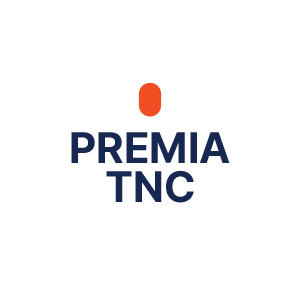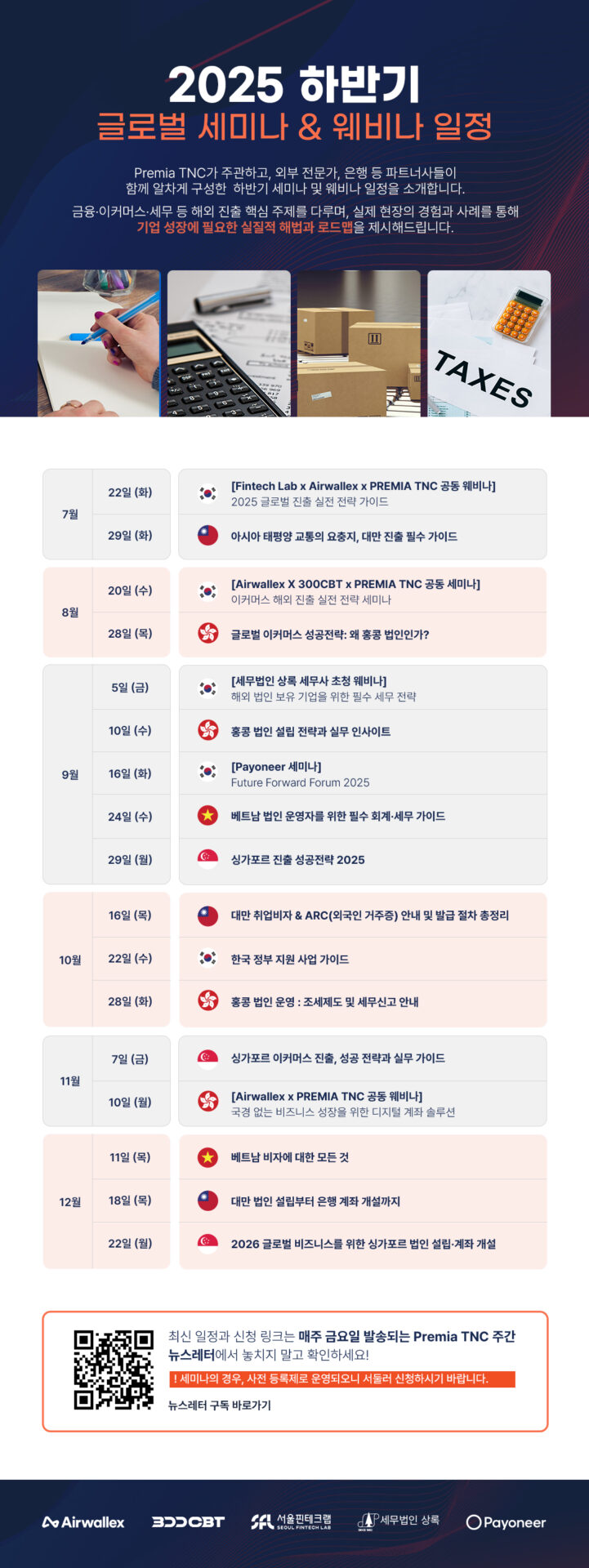Today we’d like to focus on some of the topics related to Singapore Corporate Tax Reliefs and Allowances which will help the companies to reduce their corporate tax payable.
Please refer to the youtube and the details!
Group Relief
Group Relief enables companies to deduct unutilised capital allowances/ trade losses/ donations of one company from the assessable income of another company in the same group.
The qualifying conditions are:
The transferor and claimant of the loss items have to:
- be Singapore incorporated companies;
- belong to the same group of companies and maintain 75% shareholding threshold; and
- have the same financial year end.
As for the qualifying loss items, they are to be transferred/claimed in the following order:
- Current year unutilised capital allowances;
- Current year unutilised trade losses; and
- Current year unutilised donations
Please note that income subject to tax at the higher rate will be transferred first, followed by the amount subject to tax at a lower rate (subject to the adjustment specified under Section 37B of Income Tax Act, if applicable).
Loss Carry-Back Relief
The Loss Carry-Back Relief allows 1-year carry-back of current year unutilised capital allowances and trade losses, and complements the existing policy of companies being able to carry forward their unutilised capital allowances and trade losses to set-off future income or transfer unutilised capital allowances and trade losses to related companies.
for YA 2020
- Businesses may elect to carry back unutilised capital allowances and trade losses from YA 2020 up to three YAs immediately preceding YA 2020 (i.e. YA 2017, 2018 and 2019).
- Businesses may elect for the current or enhanced carry-back relief based on an estimate of the current year unutilised capital allowances and trade losses for YA 2020.
for YA 2021
- Businesses may elect to carry back unutilised capital allowances and trade losses from YA 2021 up to three YAs immediately preceding YA 2021 (i.e. YA 2018, 2019 and 2020).
- Businesses may elect for the current or enhanced carry-back relief based on an estimate of the current year unutilised capital allowances and trade losses for YA 2021.
Foreign Tax Credit
Companies may claim Foreign Tax Credit (FTC) for tax paid in a foreign jurisdiction against the Singapore tax payable on the same income. There are different type of features and let us go through them one by one as follows:
Type of Foreign Tax Credit
There are two ways that Singapore companies may avoid double taxation.
1. Firstly, Double Tax Relief (DTR)
A DTR is the relief provided for under an Avoidance of Double Taxation Agreement (DTA) to reduce double taxation, in the form of a tax credit. It allows the Singapore tax residents to claim a credit for the amount of tax paid in the foreign jurisdiction against the Singapore tax that is payable on the same income. A DTR will be granted if the foreign tax was paid in accordance with the DTA provisions and is capped at the lower of the foreign tax paid and the Singapore tax that would have been payable on the same income.
Please note, a company is a tax resident of Singapore if the control and management of its business is exercised in Singapore.
2. Secondly, Uni/lateral Tax Credit (UTC)
Effective Year of Assessment (YA) 2009, a UTC will be granted on all foreign-sourced income received in Singapore by Singapore tax residents from jurisdictions that do not have DTAs with Singapore.
ALLOWANCES
There are different types of allowances given by Inland Revenue Authority of Singapore (IRAS). They are:
- Land Intensification Allowance (LIA) – Companies that qualify for LIA can claim qualifying capital expenditure incurred on the construction of a qualifying building or structure.
- Writing-Down Allowances for Intellectual Property Rights (IPRs) – To enhance Singapore’s attractiveness as a location for businesses to hold and commercialise IPRs, writing-down allowances are granted on capital expenditure incurred in acquiring IPRs under Section 19B of the Income Tax Act.
- Merges and Acquisitions Allowance – Companies that makes a qualifying acquisition of the ordinary shares of another company may enjoy an M&A allowance on the purchase consideration.
- Capital Allowances – deductions claimable for the wear and tear of qualifying fixed assets. They are generally granted in place of depreciation, which is not deductible.
Who Can Claim?
Companies that carry on a trade or business may claim capital allowances on expenditure incurred on the provision of “plant and machinery” for use in its trade or business.
An expense is incurred when the legal liability to pay has arisen, regardless of the date of actual payment of the money.
Capital allowances will no longer be given on expenditures funded by capital grants from the Government or Statutory Boards that are approved on or after 1 Jan 2021. This change seeks to eliminate double-incentivisation where the capital grants are not taxed while the expenditures funded by these grants are eligible for capital allowances.
Plant and Machinery
“Plant and machinery” generally refer to a fixed asset that has the following characteristics:
- The item is not a trading stock of your company (not for resale purposes);
- The item functions as an ap/pa/ra/tus used for carrying out the business or trade activities of your company; and
- The item is not part of the setting or part of the premises in which your business is carried on. Those items that are part of the setting or part of the premises may be claimed as renovation or re/fur/bish/ment instead under Section 14Q deduction.
Claiming
To claim capital allowances, company must make the capital allowance claims in its Corporate Income Tax Return for the relevant Year of Assessment (YA) and prepare the supporting schedules in its tax computation. The tax computation must be filed with Form C. If company is filing Form C-S/ Form C-S (Lite), retain the tax computation and submit it only upon IRAS’ request.
Deferring Capital Allowance Claims
There are circumstances where companies may wish to defer capital allowance claims.
Typically, companies defer capital allowance when:
(a) the company is in a loss position; or
(b) the company qualifies for tax exemption for new set-up companies.
Selling, Converting of Scrapping Fixed Assets
When a fixed asset is sold, converted to trading stock or written off, you need to calculate balancing allowance (BA) or balancing charge (BC) if capital allowance has been claimed for the asset previously. BA is tax deductible whereas BC is taxable income. BA and BC are the difference between the sale proceeds and the tax written down value (TWDV) of the asset disposed.
Section 24 Election (Transferring Fixed Assets to Related Companies)
When a company takes over or buys fixed assets from a related company where there are 50% or more common shareholders, both companies may “elect” to transfer the assets under Section 24 of the Income Tax Act.
The effect of electing for Section 24 is to disregard the sale except for the change in person entitled to the allowances.
In other words, the transaction will not be considered a sale but a transfer of the assets and its allowances.
Methods of Capital Allowances Calculation
There are few methods for calculating capital allowances. They are:
- 100% write off in one year;
- Write off over two years;
- Write off over three years;
- Write off over the prescribed working life of the asset.
FAQs
Q: My company received dividends from an Indian resident company which was net of India’s dividend distribution tax (DDT). Does the DDT qualify for foreign tax credit (FTC)?
A: The answer is Yes. The DDT will qualify for foreign tax credit in the form of an unilateral tax credit under Section 50(A), subsection 3 of the Income Tax Act. This is provided that the Singapore resident company owns not less than 25% of the total number of issued shares of the Indian company paying the dividends.
Q: Can my company claim 100% of the cost of equipment purchased for chemical ha/zard control or noise control in one year?
A: The answer is Yes, your company may claim the full cost of such equipment as capital allowance in one year, if the equipment is approved by the Ministry of Manpower (MOM).
Q: Must a company be in a profit position before it can submit an application for a waiver of the shareholding test?
A: The answer is No, the application for a waiver of the shareholding test can be submitted when a substantial change in shareholders occurs.
We are regularly holding webinars. To make the dream of starting your overseas business come true with us.
FAQ Singapore – Corporate Tax Filing in Singapore

Premiatnc
비즈니스 / 컨설팅 문의하기
비즈니스 / 컨설팅 문의하기





